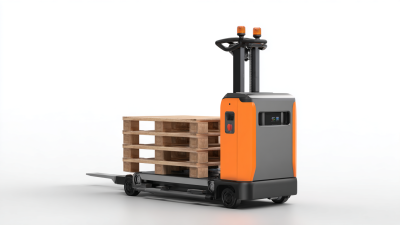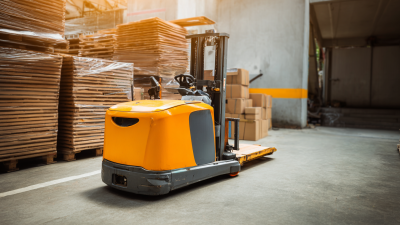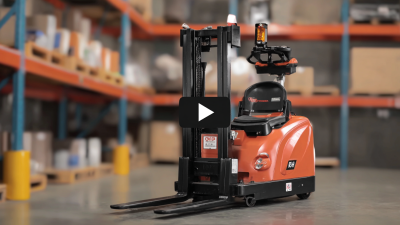Leave Your Message
Choosing the right equipment for your warehouse is crucial to optimizing efficiency and safety during material handling processes. Among various tools available, the "Pallet Jack With Motor" stands out as a versatile and powerful option for transporting goods within your facility.
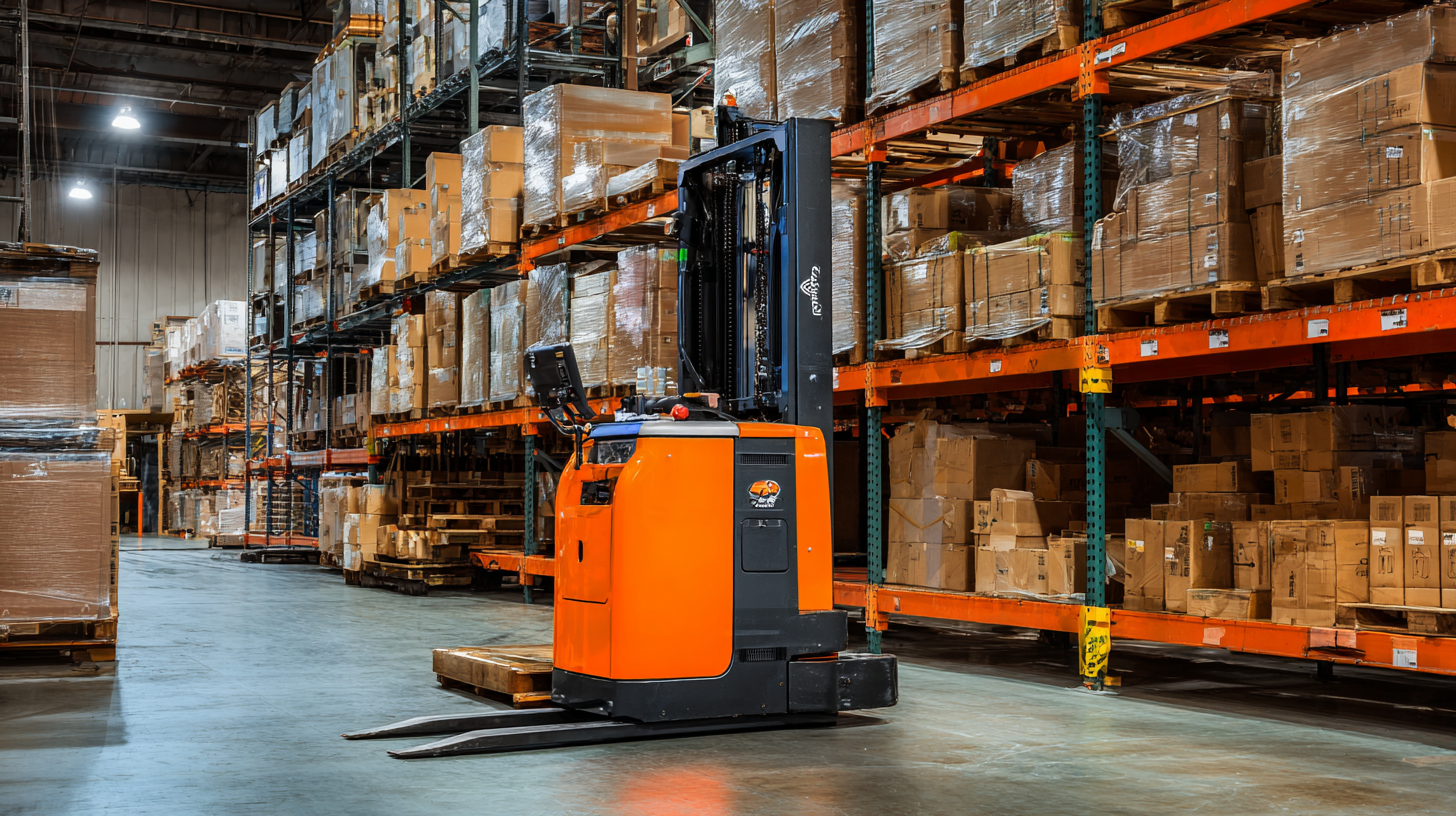
This article will guide you through the key considerations for selecting the most suitable motorized pallet jack that aligns with your specific operational needs. We'll explore factors such as load capacity, battery life, maneuverability, and the type of operations you will perform.
Whether you are managing a small storage space or a large distribution center, understanding these elements will help you make an informed decision, ensuring that your investment enhances productivity and meets the demands of your warehouse environment.
When selecting a motorized pallet jack for your warehouse needs, it's essential to understand the various types available in the market. The primary categories include electric pallet jacks, walkie stackers, and ride-on pallet jacks. Each type serves a unique function and suits different operational requirements. Electric pallet jacks are ideal for low-lift applications, while walkie stackers offer greater lifting capabilities for stacking goods. Ride-on options cater to extensive warehouse spaces, allowing operators to easily navigate larger areas.
**Tips:** Consider the weight capacity required, as different models cater to various loads. Additionally, assess the frequency of use; if heavy usage is expected, opting for a robust model may provide better longevity and efficiency. Lastly, factor in the layout of your warehouse; narrow aisles may necessitate a more compact design for maneuverability.
Choosing the right motorized pallet jack can significantly enhance your material handling operations, reduce labor costs, and increase overall productivity. Evaluating the specific demands of your warehouse, including the size of loads and space constraints, will guide you in making an informed decision.
| Type of Motorized Pallet Jack | Load Capacity (lbs) | Battery Type | Average Run Time (hrs) | Turning Radius (inches) | Price Range ($) |
|---|---|---|---|---|---|
| Walkies | 3,000 | Lead-Acid | 6 | 54 | 2,500 - 3,500 |
| Riders | 4,500 | Lithium-Ion | 8 | 60 | 4,000 - 6,000 |
| Platform Jacks | 5,000 | Lead-Acid | 7 | 70 | 3,500 - 5,500 |
| Semi-Electric | 4,000 | Lead-Acid | 5 | 50 | 2,000 - 4,000 |
When selecting motorized pallet jacks for your warehouse, evaluating load capacity requirements is crucial for optimizing operations. According to a report by the Material Handling Industry of America (MHIA), improper load management can lead to operational inefficiencies and safety hazards, emphasizing the importance of understanding your specific lifting needs. Typically, pallet jacks are available in various load capacities, ranging from 2,500 to over 6,000 pounds. This range allows warehouses to choose models that align best with their product loads, ensuring easy transportation and enhanced productivity.
**Tips:** Before purchasing, assess the maximum weight of the items you'll be handling regularly. Consider not only the current inventory but also any future expansions or changes in product lines that may affect load requirements. Additionally, selecting a jack with a slightly higher capacity than needed can provide flexibility for handling unforeseen heavy loads.
Another important aspect is the jack's design and functionality. Data from the Warehousing Education and Research Council (WERC) indicates that ergonomic designs can significantly reduce the risk of injury, which is essential in maintaining workforce efficiency. Features such as adjustable forks and power steering should not be overlooked. These attributes enhance maneuverability in cramped spaces, allowing for effective operations even in busy environments.
**Tips:** Evaluating the layout of your warehouse can assist in choosing the right model. Ensure that the pallet jack you select accommodates both the load requirements and the overall dimensions of your working environment to maximize both safety and efficiency.
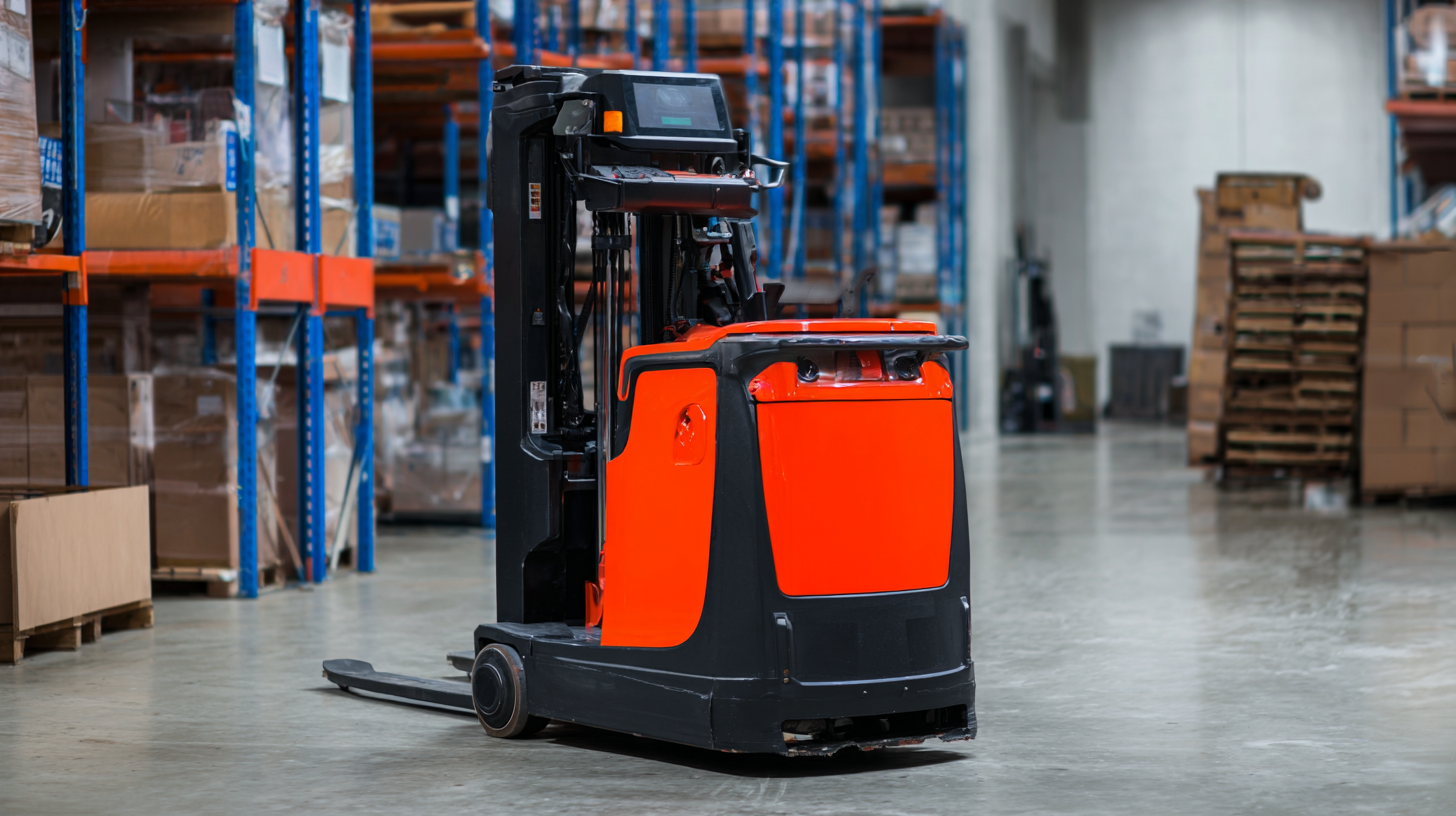
When selecting a motorized pallet jack for warehouse operations, understanding the battery type and its lifespan is crucial for ensuring cost efficiency. Different types of batteries—such as lead-acid, lithium-ion, and nickel-cadmium—offer varying benefits in terms of charging times, weight, and overall performance. For instance, lithium-ion batteries are increasingly favored for their faster charging capabilities and extended lifespan compared to traditional lead-acid batteries. This allows for more flexible use throughout the day, reducing downtime and enhancing productivity.
The lifespan of the battery directly impacts operational costs. A longer-lasting battery minimizes frequent replacements and maintenance, saving money in the long run. Additionally, considering the energy efficiency of the motorized pallet jack can further contribute to cost savings. Efficient battery management systems can optimize performance, extend battery life, and decrease the overall energy expenditure. Therefore, warehouses must carefully analyze these factors to choose the right pallet jack that aligns with their operational needs while ensuring economic viability.
When selecting a motorized pallet jack, maneuverability should be a key feature to consider, particularly in bustling warehouse environments. The design and functionality of a pallet jack can significantly impact how efficiently goods are transported across tight spaces. Features such as the turning radius, wheel configuration, and overall weight distribution play a crucial role in how easily the operator can navigate through narrow aisles and around obstacles.
A compact model with a shorter turning radius allows for agile movement, enhancing productivity during loading and unloading tasks.
Additionally, operators should assess the control mechanisms of various motorized pallet jacks. Ease of operation is paramount; models with intuitive controls and responsive steering capabilities enable workers to handle goods smoothly without added strain. Furthermore, the stability of the pallet jack while in motion and during load lifting is essential for safety and preventing accidents.
By carefully comparing these maneuverability features, warehouses can ensure that their choice of motorized pallet jack not only meets their operational demands but also promotes an efficient and safe working environment.
When selecting a motorized pallet jack for your warehouse, prioritizing safety features is crucial to enhance compliance and minimize workplace accidents. According to the Occupational Safety and Health Administration (OSHA), approximately 20,000 employees sustain injuries related to pallet jacks annually. This alarming statistic underscores the importance of choosing equipment that is not only efficient but also equipped with robust safety mechanisms.

Look for motorized pallet jacks that include features like automatic brake systems, which can prevent unintended movement, and ergonomic designs that reduce operator strain. The National Safety Council reports that ergonomic injuries account for over 30% of worker compensation claims, making it vital to choose pallet jacks with adjustable handles and user-friendly controls. Additionally, consider models fitted with safety horns and lights to alert other workers of the jack's presence. By investing in motorized pallet jacks with advanced safety features, warehouses can significantly reduce accident rates and enhance overall workplace compliance, creating a safer environment for all employees.
